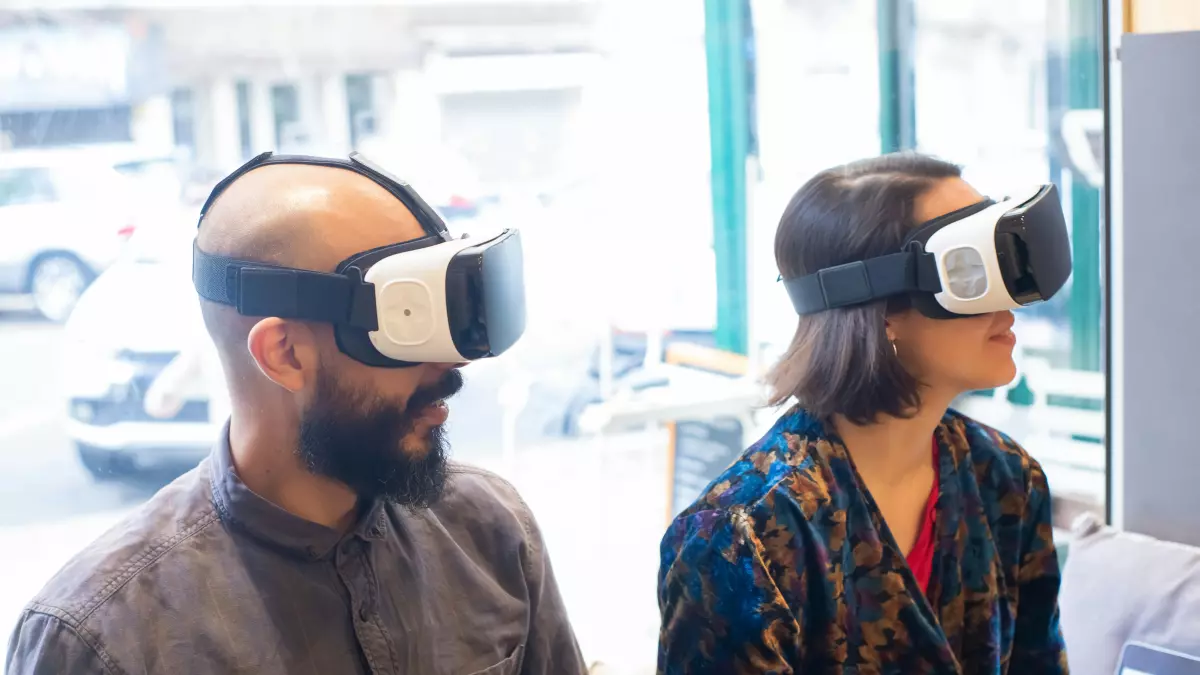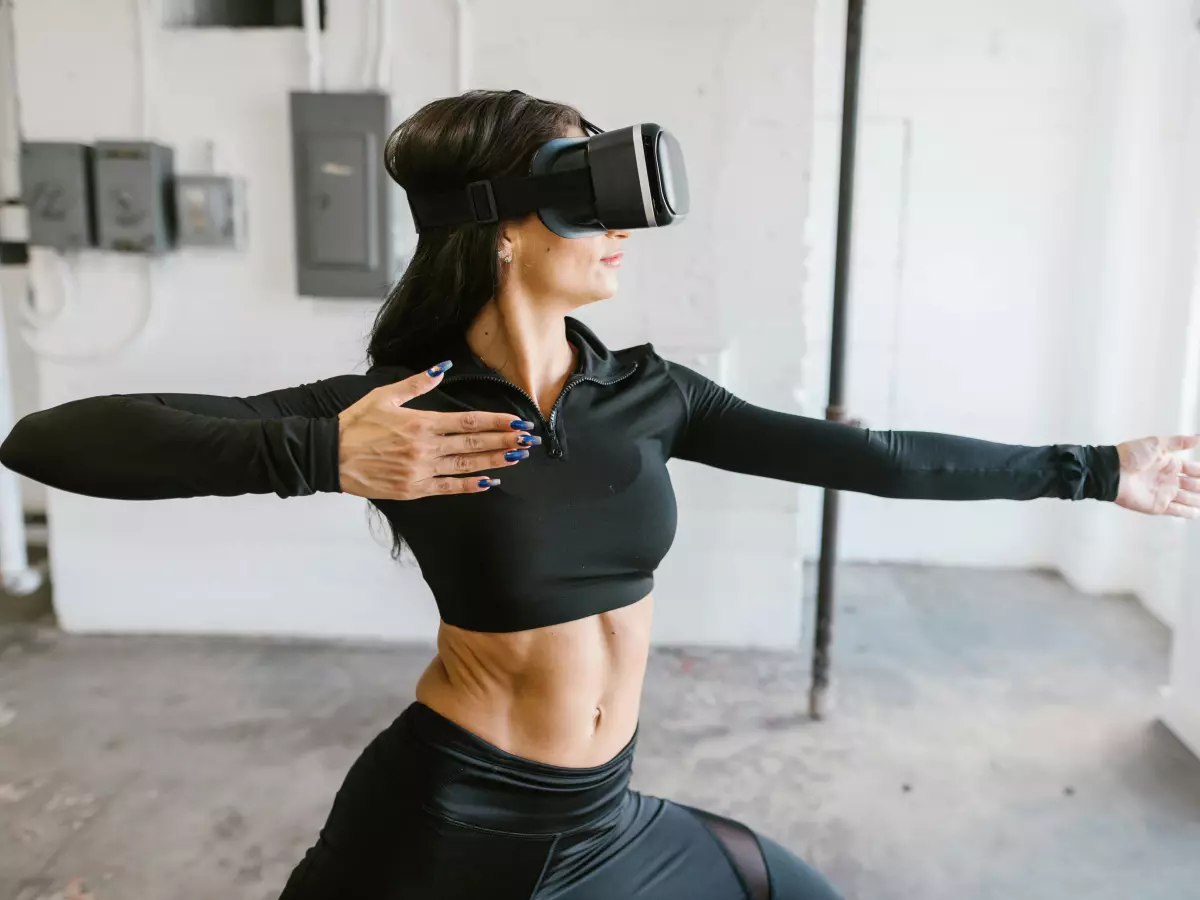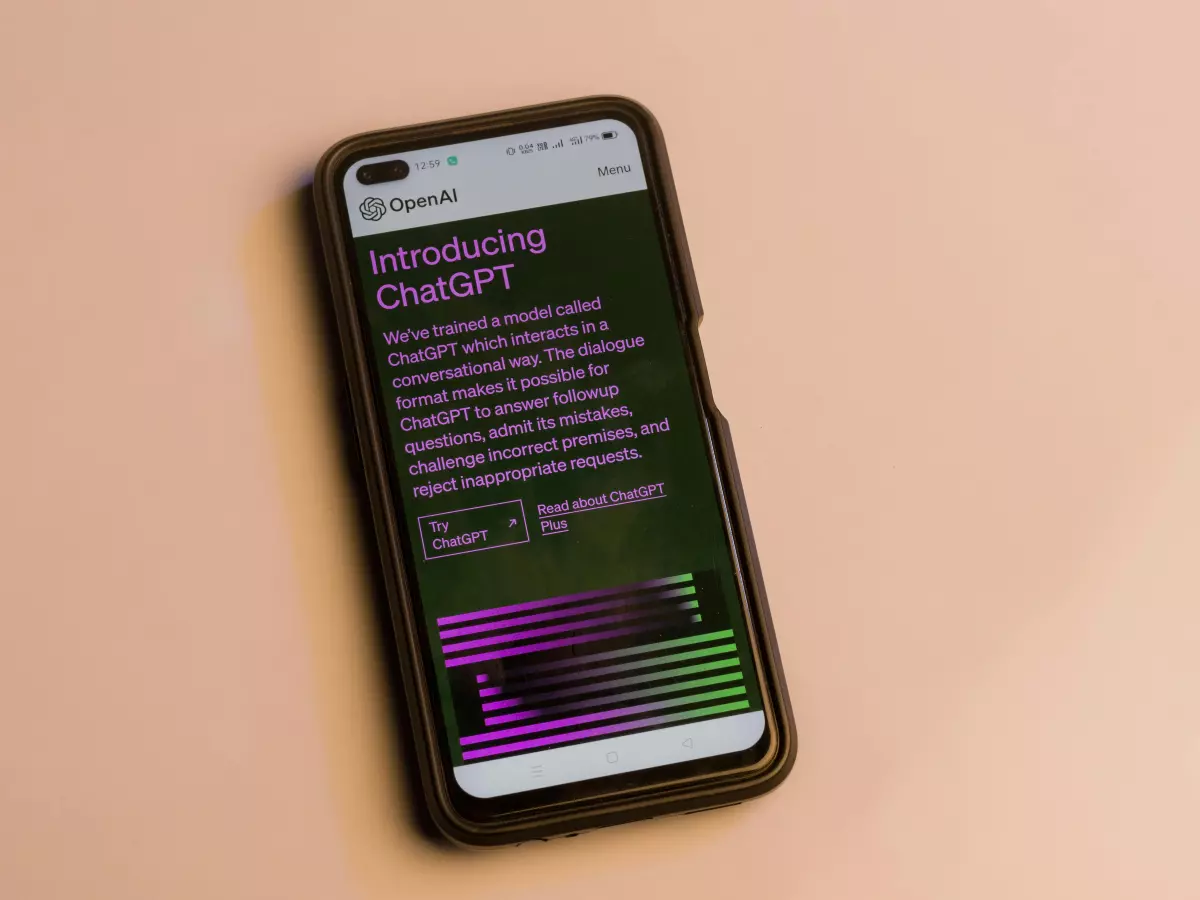AI's Media Takeover
Artificial Intelligence (AI) has been making waves across industries, but few sectors have felt its impact as deeply as media and marketing. From generating headlines to targeting ads, AI is transforming how we consume and create content. But here's the kicker: while both journalism and marketing are riding the AI wave, they’re doing it in very different ways.

By Laura Mendes
Let’s start with a fun fact: Did you know that some of the articles you read online are written by AI? Yep, that’s right. AI-powered tools like OpenAI’s GPT-3 can churn out news stories, blog posts, and even entire books. But before you start imagining a future where robots replace journalists, let’s break down what’s really happening.
In journalism, AI is primarily used to assist human writers rather than replace them. Think of it as a supercharged research assistant. AI can sift through mountains of data, identify trends, and even suggest story angles. But the human touch—context, nuance, and ethical judgment—still reigns supreme. On the other hand, marketing is a whole different ballgame. AI in marketing is less about storytelling and more about precision. It’s all about using data to target the right audience with the right message at the right time.
AI in Journalism: The Data-Driven Reporter
Journalism has always been about telling stories, but in today’s digital age, it’s also about telling the *right* stories. AI helps journalists by analyzing vast amounts of data to uncover hidden patterns and trends. For example, AI can scan social media platforms to identify emerging topics or even predict which stories will go viral.
One of the most exciting applications of AI in journalism is automated content generation. News agencies like The Associated Press and Reuters use AI to write short, data-heavy reports like financial summaries or sports recaps. These are the kinds of stories that don’t require much creative flair but need to be accurate and timely. AI excels at this.
But there’s a catch. While AI can handle the grunt work, it still struggles with more complex tasks like investigative journalism or opinion pieces. These require a deep understanding of context, culture, and ethics—areas where human journalists still have the upper hand.
So, is AI going to replace journalists? Not quite. Instead, it’s more like a powerful tool that helps journalists do their jobs better and faster. Think of it as the Iron Man suit for reporters—enhancing their abilities rather than replacing them.
AI in Marketing: The Precision Targeter
Now, let’s flip the script and talk about marketing. If journalism is about telling stories, marketing is about selling them. And in this arena, AI is a game-changer.
AI in marketing is all about data—lots and lots of data. Marketers use AI to analyze consumer behavior, predict trends, and personalize content. Ever wonder how those eerily accurate ads pop up on your social media feed right after you’ve searched for something? Yep, that’s AI at work.
One of the most powerful tools in AI-driven marketing is predictive analytics. By analyzing past behavior, AI can predict what a customer is likely to do next—whether they’re about to make a purchase, abandon their cart, or unsubscribe from a newsletter. This allows marketers to tailor their strategies in real-time, offering personalized recommendations or discounts to keep customers engaged.
But it doesn’t stop there. AI can also optimize ad campaigns by automatically adjusting bids, targeting specific demographics, and even creating personalized ad copy. In fact, some AI tools can generate thousands of variations of an ad and test them in real-time to see which one performs best. This level of precision is something that human marketers could never achieve on their own.
However, just like in journalism, AI in marketing has its limitations. While it’s great at analyzing data and making predictions, it still lacks the creative spark that makes a truly memorable ad campaign. AI can tell you what works, but it can’t come up with the next “Just Do It” slogan.
Key Differences: Creativity vs. Precision
So, what’s the big takeaway here? While both journalism and marketing are leveraging AI, they’re doing so in very different ways. In journalism, AI is used to enhance storytelling by providing data-driven insights and automating routine tasks. But the heart of journalism—context, ethics, and creativity—remains firmly in human hands.
In marketing, AI is all about precision. It’s used to analyze consumer behavior, predict trends, and personalize content. The goal is to deliver the right message to the right person at the right time. While creativity is still important in marketing, AI’s primary role is to optimize and automate processes, making campaigns more efficient and effective.
In short, AI in journalism is a tool for enhancing human creativity, while AI in marketing is a tool for maximizing efficiency and precision. Both industries are benefiting from AI, but in very different ways.
The Future: Collaboration or Competition?
As AI continues to evolve, we’re likely to see even more integration between these two industries. Imagine a future where AI not only helps journalists write stories but also helps marketers create personalized content that feels more like journalism than advertising. In fact, we’re already seeing the lines blur with the rise of “branded content” and “native advertising,” where ads are designed to look and feel like editorial content.
But here’s the million-dollar question: Will AI eventually replace humans in these fields? While it’s tempting to think so, the reality is more nuanced. AI is a powerful tool, but it’s still just that—a tool. It can help us work faster and smarter, but it can’t replace the human touch that makes great journalism and marketing truly stand out.
So, whether you’re a journalist, a marketer, or just someone who loves reading and watching ads (hey, no judgment), one thing is clear: AI is here to stay. The real question is, how will we use it?





